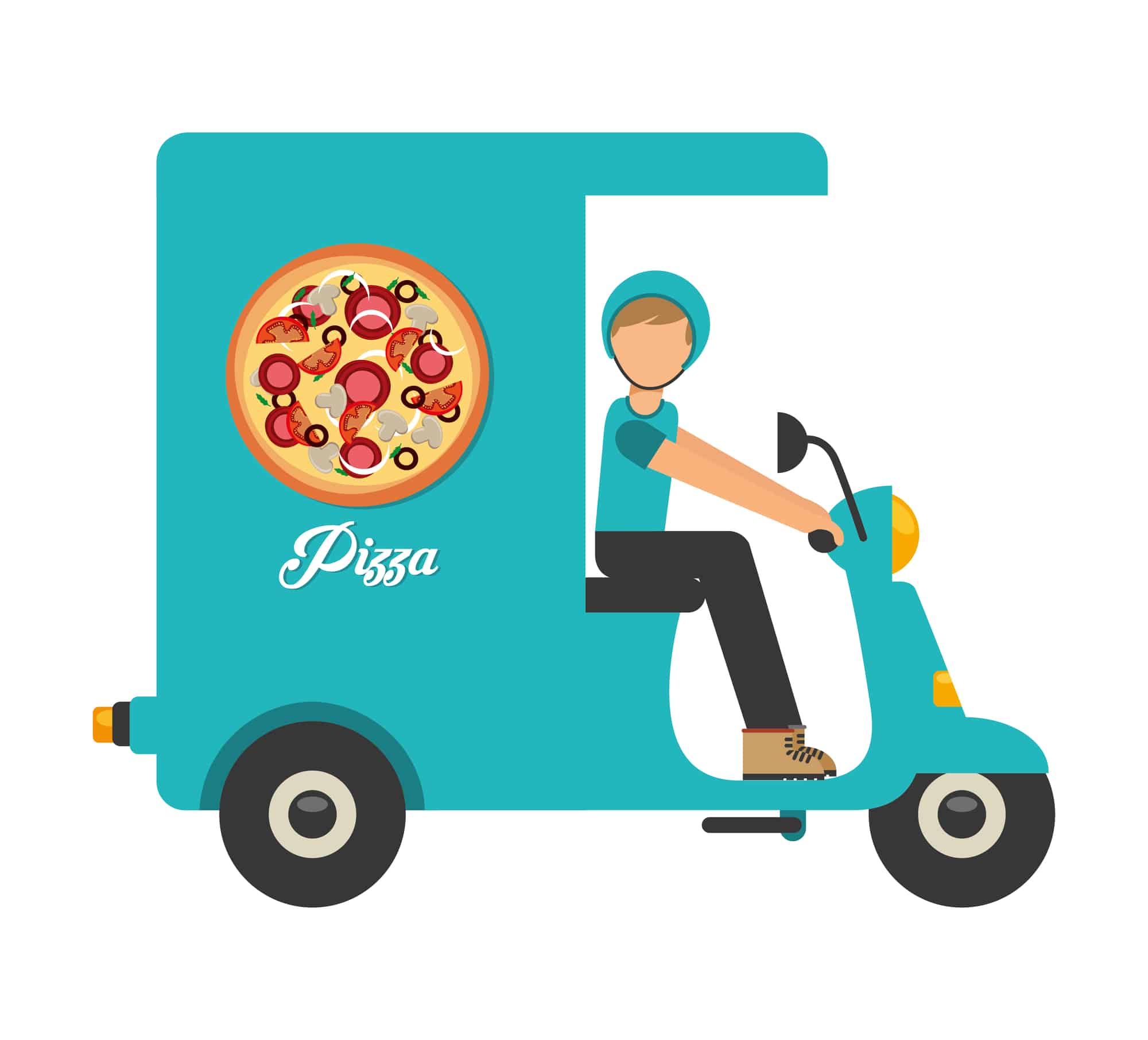Pizza Delivery: Should You Charge?

Pizza delivery has evolved from a novelty to an essential part of our dining culture. But with this evolution comes a critical question for every pizzeria owner: should you charge for delivery? Let's slice through the history and practicalities to find the best approach.
The evolution of pizza delivery
Tracing the evolution of pizza delivery reveals a journey from a novel service to an industry cornerstone, driven by changing consumer demands and innovative business strategies. This transformation, from the 1960s 'free delivery' concept to today's digital logistics, is crucial for understanding the dynamics of modern pizza delivery and its impact on business decisions.
DO: Learn about the history of delivery fees
Pizza delivery was put on the map in 1965 by Tom Monaghan of Domino's Pizza. He introduced what was then a groundbreaking concept: "FREE" delivery. But this wasn't truly free; the cost was baked into the pizza prices themselves.
This strategy, charging $1-$3 more per pizza, cleverly masked the delivery costs and gave Domino's a competitive edge. It’s important to understand this history because it set a precedent in the pizza industry, shaping customer expectations and business models for decades.
DO: Know that "FREE" delivery is not truly free
The concept of free delivery took a hit post-9/11 due to changes in insurance policies. Previously, a pizzeria's business insurance would cover drivers using their personal vehicles. But, after 9/11, insurance companies created 'Non-Owned Auto Insurance,' leading to additional costs for pizzeria owners. This pivotal moment underscores the hidden costs associated with delivery services–costs that, one way or another, need to be recouped to maintain profitability.
DON’T: Deliver without non-owned auto insurance
Operating without this insurance exposes you to significant financial risks. Imagine a scenario where a driver, using their personal vehicle, gets into an accident. Without proper insurance, not only could you face crippling lawsuits, but you might also endanger your entire business. This scenario highlights the importance of being adequately insured, an often overlooked yet critical aspect of the pizza delivery business.
Modern Delivery Dynamics
The emergence of third-party delivery platforms has added new layers to the delivery fee structure. Consumers, now accustomed to paying extra for the convenience of home delivery, often face higher costs when ordering through these platforms.
DO: Charge enough to make a profit
Consider all the costs associated with different customer types: dine-in customers, take-out, and delivery. While dine-in and take-out customers have their associated costs, delivery introduces extra expenses, including third-party fees, driver reimbursement, and packaging.
To stay profitable, you must either charge a delivery fee or adjust your menu prices for delivery orders. This approach not only covers costs but also ensures you're not subsidizing delivery services at the expense of dine-in and take-out services.
DO: Have consistent menu prices
Having consistent menu prices across dine-in, take-out, and delivery (with a separate delivery charge) is often more palatable to customers. This transparency helps maintain trust and clarity with your clientele, who might be put off by varying prices for the same item depending on how they order.
DON’T: Offer "FREE" delivery unless you include the cost in your menu prices
If you offer a 'FREE' delivery model, ensure the delivery costs are integrated into your menu prices. When marketed well, providing free delivery can be effective and quickly boost the number of pizzas that go out the door. Many pizzerias increase the price of their items to account for free delivery, but it requires careful balancing to ensure the increased prices don't deter customers.
DO: Have a separate, clearly identified charge for delivery
Clearly identified delivery charges help customers understand what they are paying for. It’s an approach that allows for flexibility in adjusting the fee based on distance or other factors, ensuring that each delivery is profitable. It's a strategy that not only covers costs but also can contribute to the perception of value and transparency in your service.
DON’T: Underpay mileage reimbursement
Mileage reimbursement is a critical factor in maintaining a reliable and happy delivery team. Not only is fair compensation a moral imperative, but it also helps avoid legal complications. Keeping abreast of IRS standards and ensuring your reimbursement rates are in line with these guidelines is crucial. It shows that you respect and value the people who keep your delivery service running.
DO: Make sure your delivery charge is competitive
In a market flooded with delivery options, your delivery charge needs to strike a balance between covering costs and remaining attractive to customers. Research what local competitors and third-party services are charging. This insight will help you price your delivery service competitively, ensuring you don't price yourself out of the market or undercut your own profitability.
Exceptional delivery service requires the right tools of the trade
Investing in high-quality pizza delivery bags, like those from Incredible Bags, is critically important. Insulated bags not only ensure the freshness of hot pizzas but are also versatile for cold items. This investment is not just about maintaining food quality; it's about elevating the entire delivery experience for your customer.
So, while the concept of charging for pizza delivery has evolved, it remains a crucial aspect of managing a profitable pizza business. Balancing costs, market competition, and customer expectations is key. Remember, whether you choose to charge a delivery fee or incorporate it into your prices, transparency and quality service are always the best ingredients for success.




